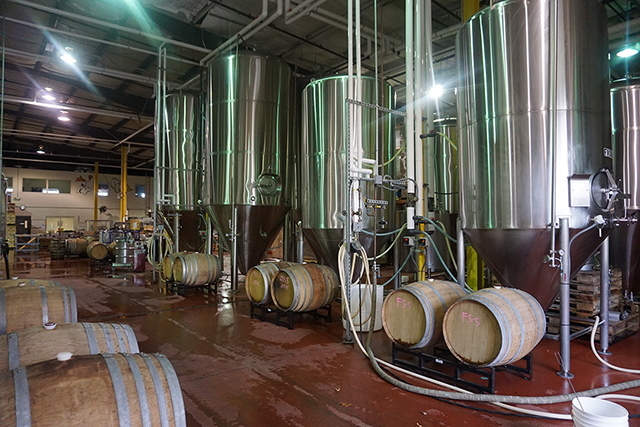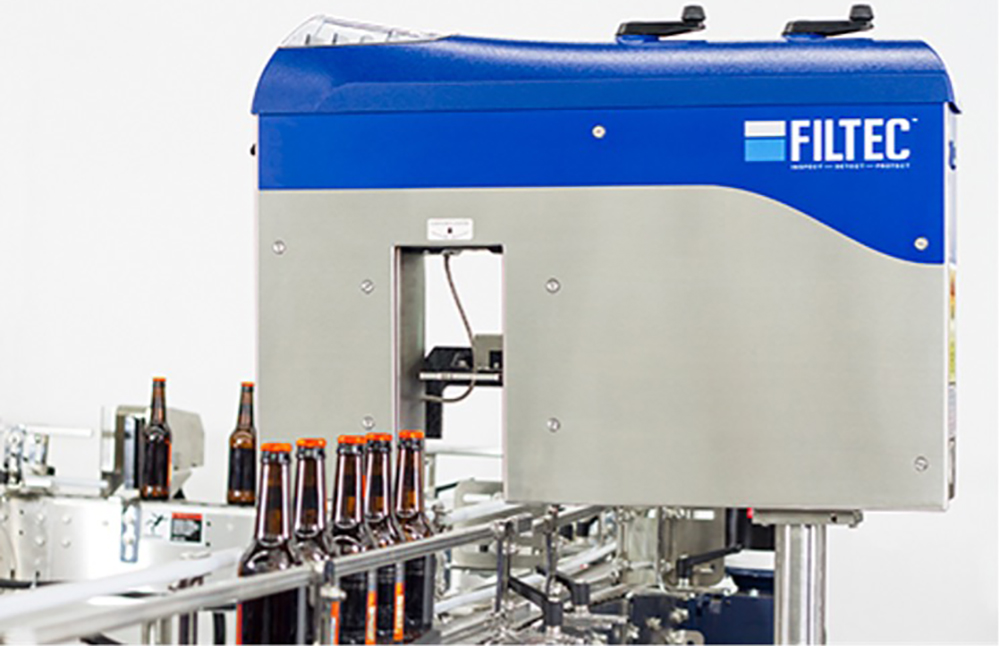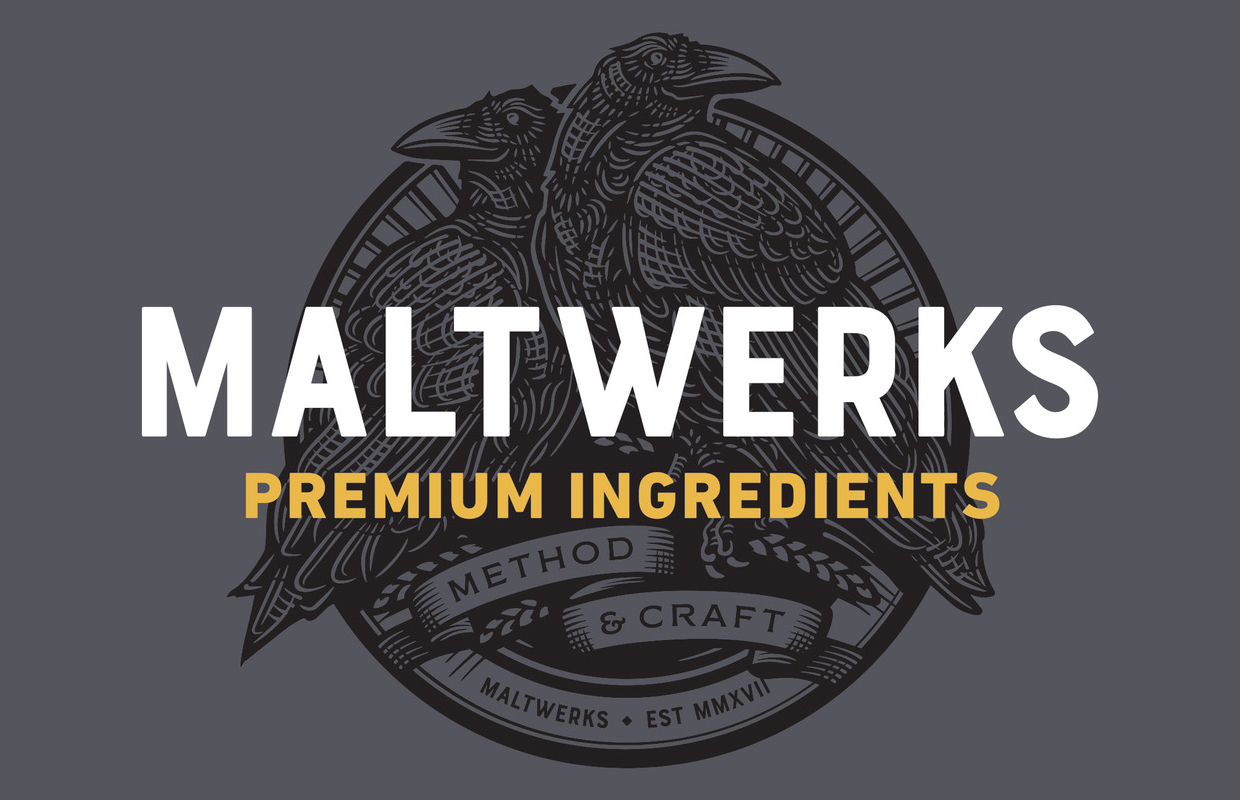
The right kegs in the right quantities are crucial to a craft beverage business’s success. You don’t want to skimp on quantity or quality when it comes to kegs. After all, they are holding your most important asset. But kegs are a big investment, and you may need an alternative to buying outright to get what you need. Keg leasing is a great alternative, but wading through all the options, lingo, and terms can be daunting. G4 Kegs has helped countless breweries navigate lease options for their keg fleet, and we’ve learned a few dos and don’ts along the way.
- DO: Look for an ownership based lease. Owning kegs is a great investment as they easily pay for themselves and can last 30+ years. Your monthly payments should be going towards ownership of the kegs. Look for a program that makes it easy to pay off or buy out the kegs.
- DON’T: Put down a big deposit. Some leasing companies may require money down (especially for startups or those with poor credit), but any deposit or upfront cost should be less than 20%.
- DO: Pay attention to buyout terms. Some programs require huge balloon payments or fees if you want to buy out the kegs or get out of the lease before the terms are up. Your payments should always count towards owning the kegs. If not, you could end up paying for the same keg a few times over.
- DON’T: Pay for logistics services you don’t need. Some lease programs offer logistics services, which can be useful for some breweries with wide distributions or large fleets. However, those services aren’t necessary for many breweries or entire keg fleets. We recommend owning or leasing-to-own kegs that will stay in-house or in-state.
- DO: Pick the shortest-term lease with a monthly payment you are comfortable with. Your total out-of-pocket expense will usually be less with shorter-term leases, so they are the best option if you can afford the higher monthly payment.
- DON’T: Choose a long lease if you have a high keg-loss rate. If you have a high keg-loss rate and a long lease, you could end up paying for kegs you don’t have anymore. 5-7% is a normal keg-loss rate. If yours is substantially higher than this, a shorter lease is a better choice.
There’s a lot to consider when determining the right way to build your keg fleet, but keg leasing can be a great option to get the kegs you need without compromising cash flow. Keep in mind that your lease rates and terms will depend upon the number and type of kegs in your fleet, financial history, and business maturity.
Get more details here.





Be the first to comment